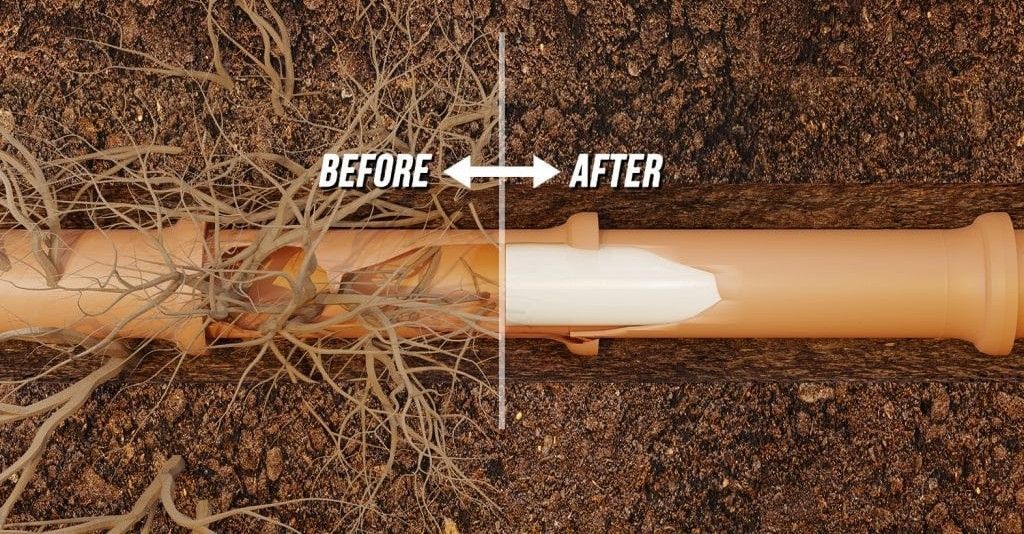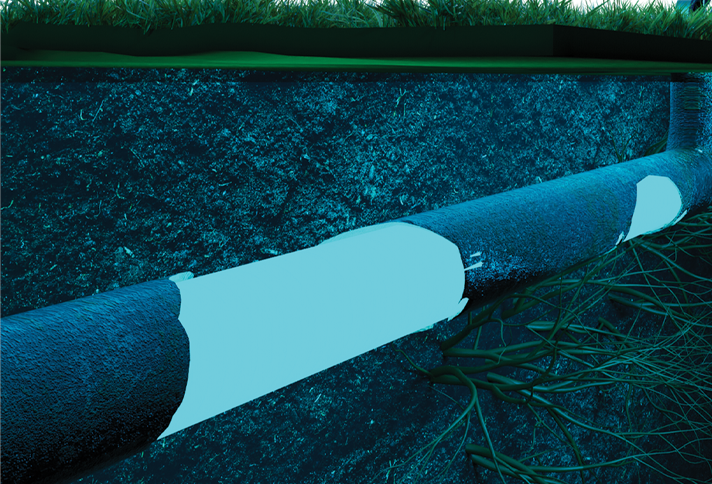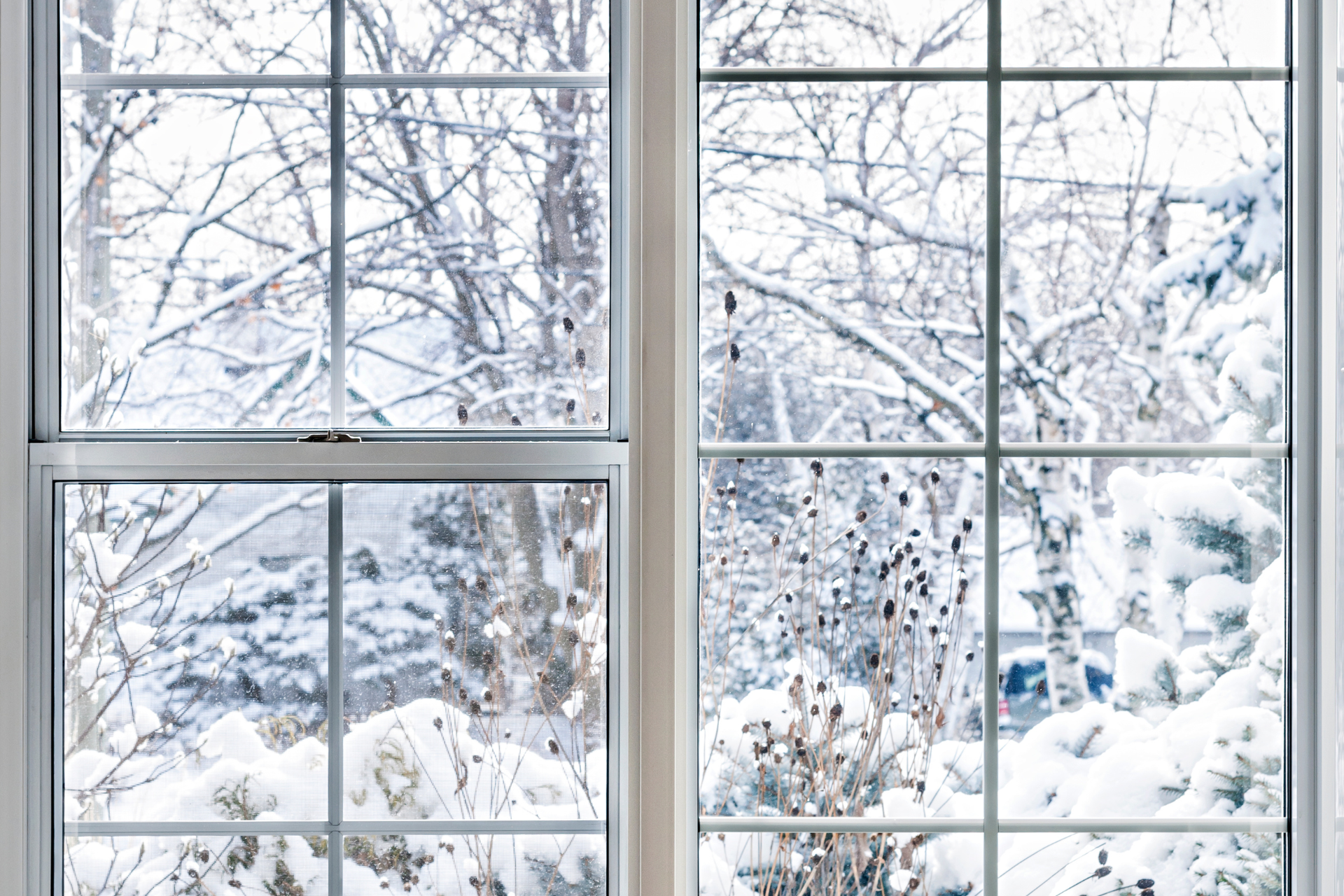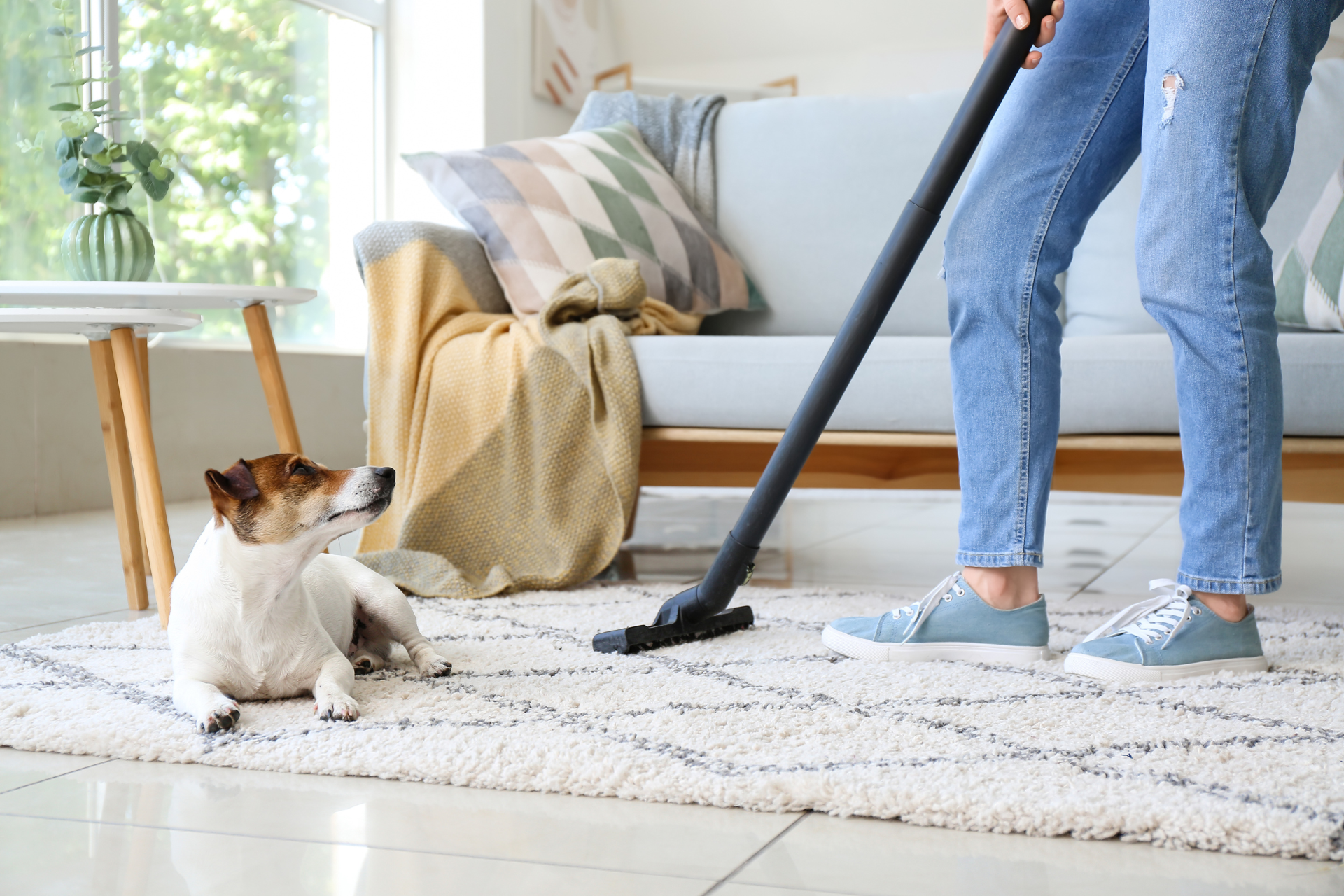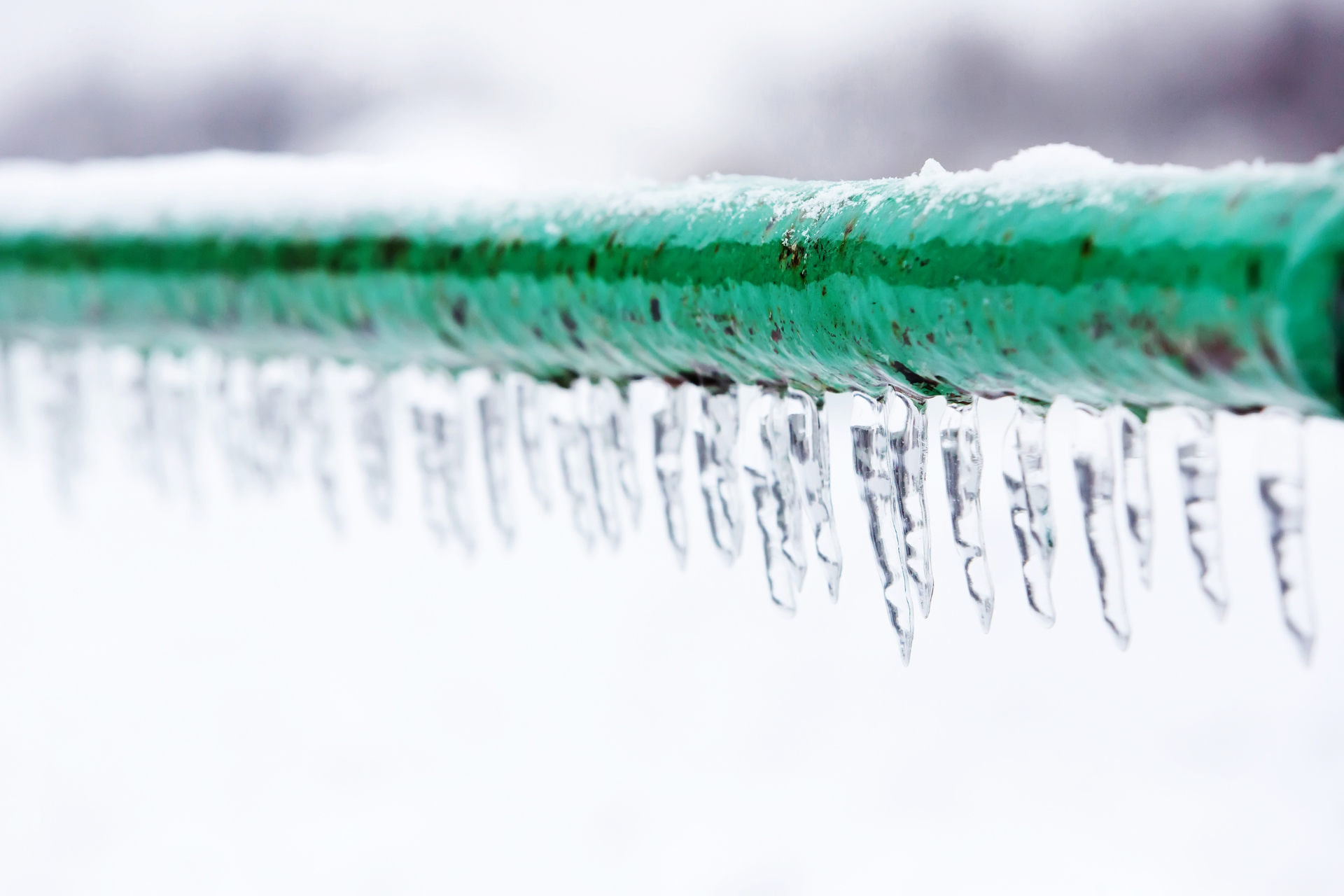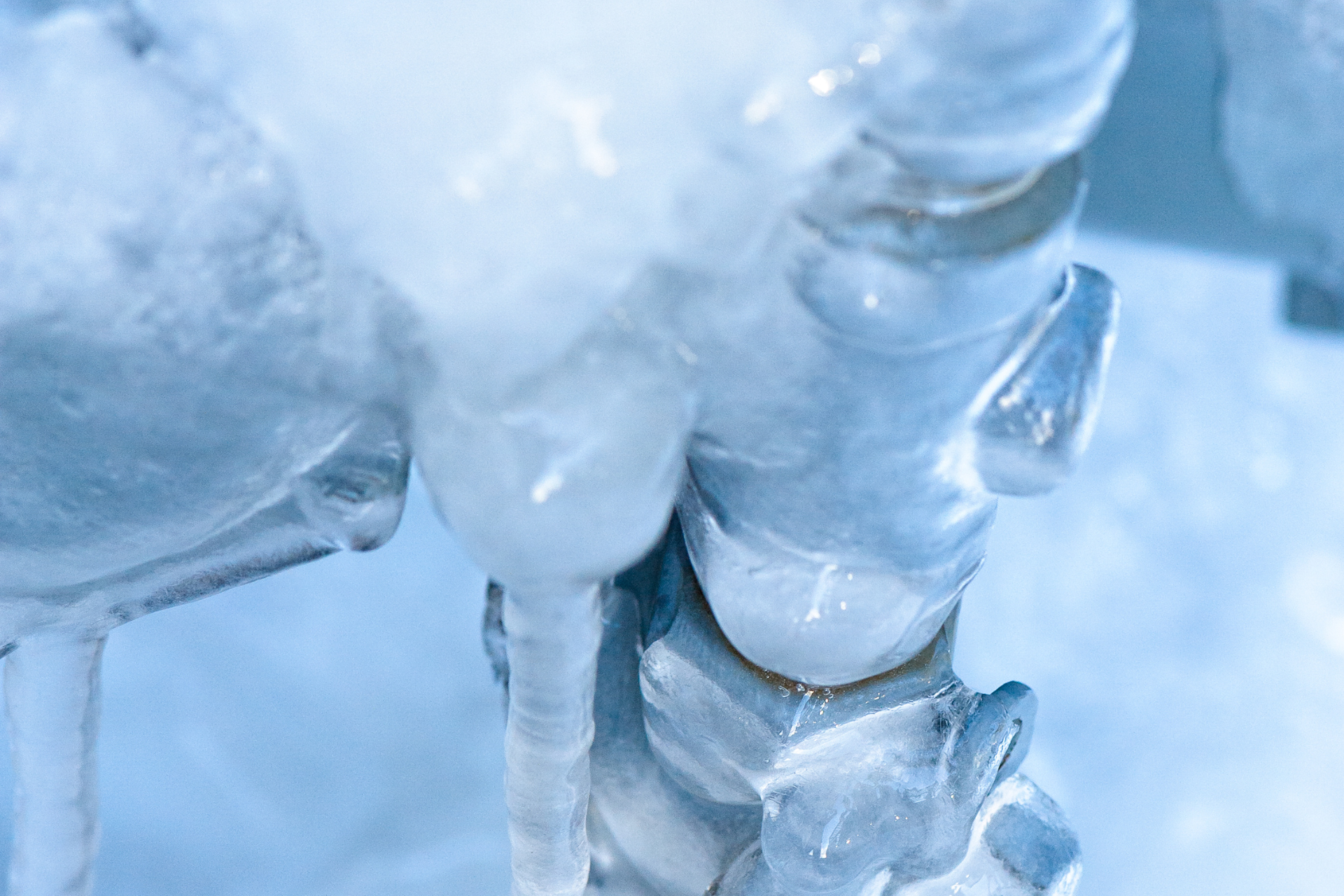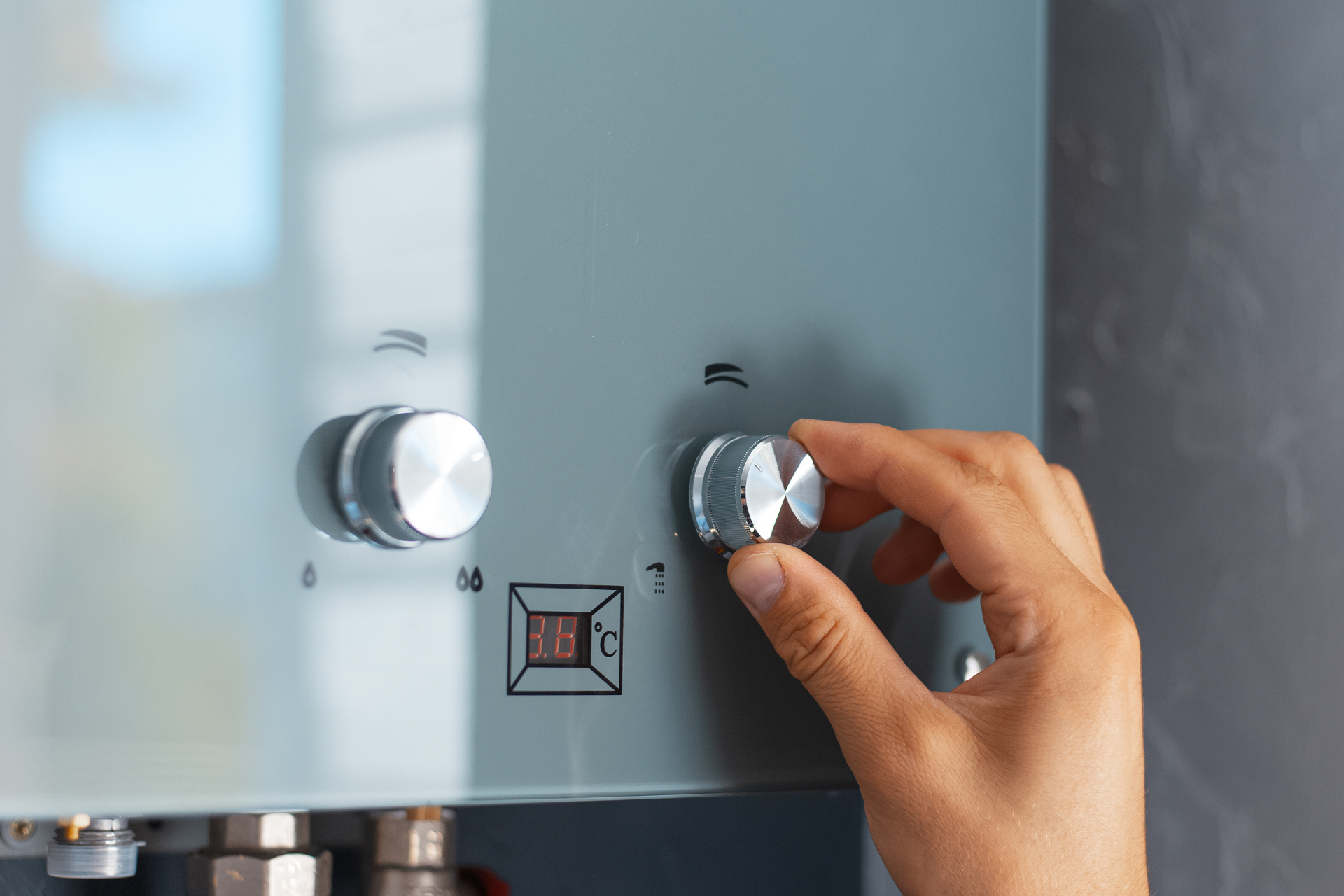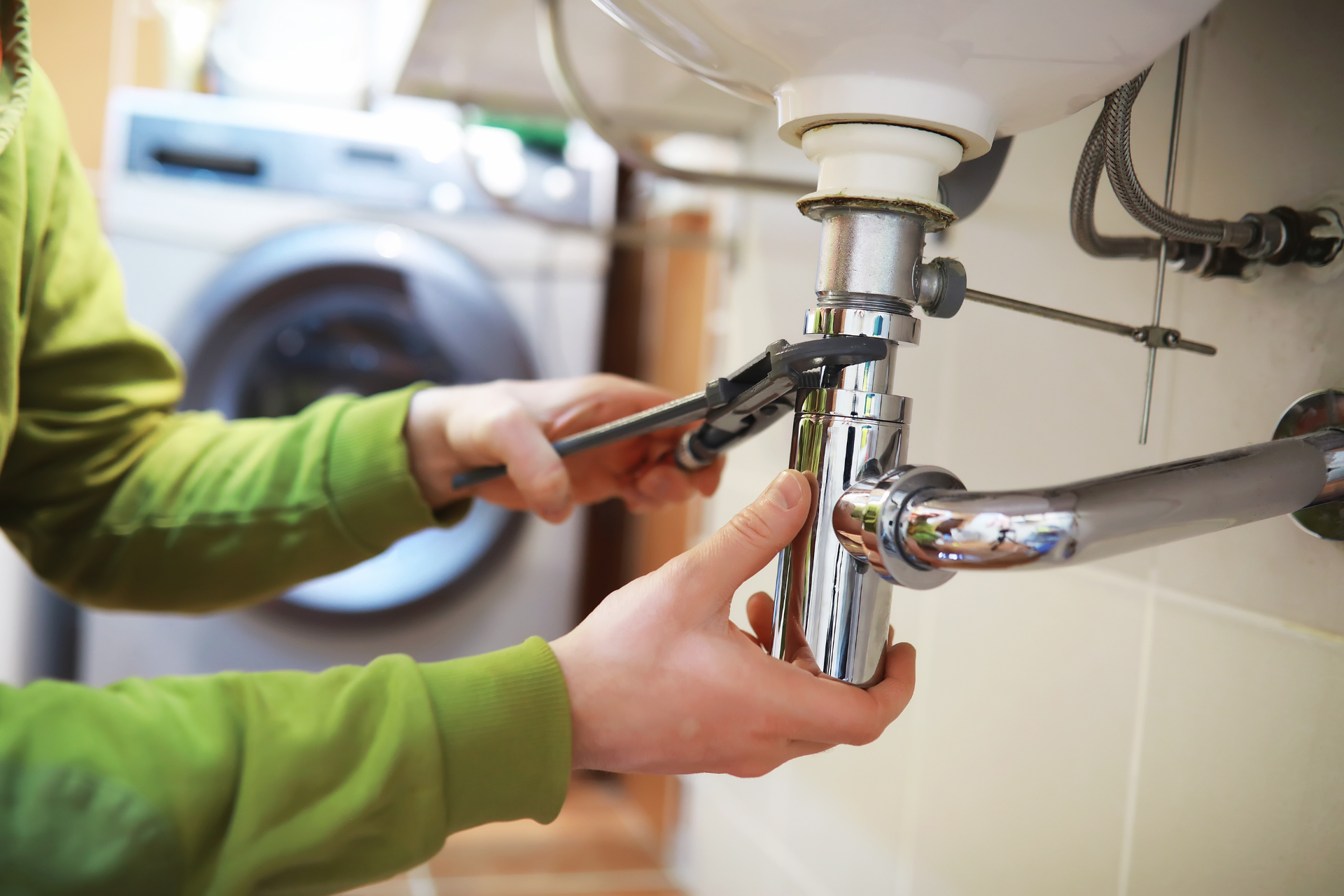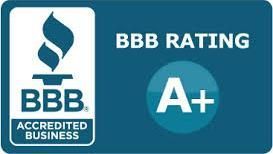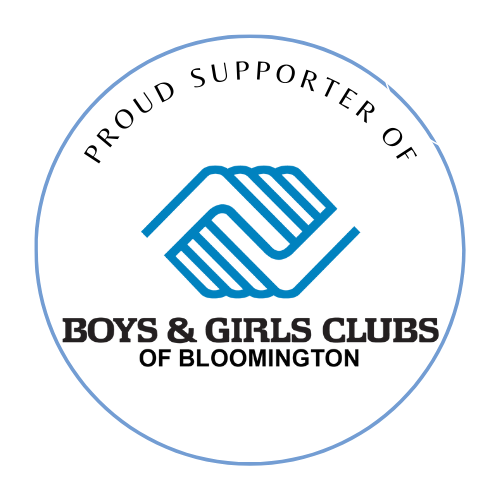Ways to Lower Your Cooling Costs This Summer
As temperatures rise, so do cooling costs. At Riverway Plumbing & Mechanical, we understand the importance of keeping your home comfortable without breaking the bank. Here are some practical tips to help you lower your cooling expenses while maintaining a pleasant indoor environment.
Optimize Your Thermostat Settings
One of the simplest and most effective ways to reduce cooling costs is by using a programmable thermostat. This allows you to set specific temperatures for different times of the day, reducing the load on your AC when you're not home. According to the Department of Energy, adjusting your thermostat by 7-10 degrees Fahrenheit for 8 hours a day can save you up to 10% annually on heating and cooling.
Block Out the Sun
Curtains and blinds aren't just for privacy—they can also help insulate your home. By blocking out the sun’s heat, you reduce the indoor temperature and lessen the strain on your air conditioning system. Research indicates that medium-colored drapes with white plastic backings can reduce heat gains by about 33%.
Leverage Ceiling Fans
Ceiling fans are a great complement to your air conditioning system. They help distribute cool air more evenly throughout your living space, making it feel cooler. This allows you to set your thermostat a few degrees higher without sacrificing comfort. Just remember to turn off fans when you leave the room, as they cool people, not spaces.
Seal Your Home
Cracks and gaps around windows and doors can let cool air escape and warm air enter, making your AC work harder. Sealing these openings improves your home's airtightness, enhancing the efficiency of your cooling system and reducing energy consumption.
Turn Off Unnecessary Lights
Turning off lights when they’re not needed can reduce your cooling costs in two ways. First, many light bulbs emit heat, which can increase the room's temperature. Second, reducing electricity usage for lighting decreases the overall load on your AC system, allowing it to run more efficiently.
Minimize Heat-Generating Activities
Using appliances like ovens and clothes dryers during the hottest parts of the day can raise your home’s temperature, forcing your AC to work harder. Try to use these appliances in the early morning or late evening when it’s cooler.
Utilize Exhaust Fans
Exhaust fans in kitchens and bathrooms can help remove hot, humid air from your home. Using these fans while cooking or after a shower can make it easier for your AC to cool the space, improving efficiency and lowering costs.
Maintain Your Air Filters
Dirty air filters can block airflow and make your HVAC system work harder to cool your home. Regularly cleaning or replacing these filters can improve system efficiency, reducing energy use and cooling costs.
Set Your Thermostat to 78 Degrees
Setting your thermostat to 78 degrees Fahrenheit when you’re home and awake is an effective way to lower cooling costs. This temperature is generally comfortable and helps your AC run more efficiently.
Use a Dehumidifier
High humidity can make your home feel hotter. A dehumidifier removes excess moisture from the air, making it feel cooler even at higher temperatures. This reduces the workload on your AC and lowers energy costs.
Insulate Your Attic
Proper attic insulation prevents heat from entering your home, reducing the strain on your AC system. This can lead to significant energy savings and lower cooling costs over time.
Choose Microwave or Slow Cooker Over Oven
Cooking with a microwave or slow cooker generates less heat than using a traditional oven or stove, which helps keep your kitchen cooler and reduces the need for additional cooling.
Install Weatherstripping
Weatherstripping around doors and windows helps seal gaps where cool air can escape and warm air can enter, enhancing your AC system's efficiency and lowering your energy bills.
Manage Unused Rooms
Turning off the AC or closing vents in rooms that are not in use can help reduce overall cooling costs by focusing cooling efforts only where they are needed.
Strategic Thermostat Placement
Place your thermostat in a location that receives balanced airflow for accurate temperature readings. Avoid areas near windows, doors, or heat-generating appliances, which can cause incorrect temperature readings and increase energy costs.
Use Heat Control Window Film
Installing heat control window film reflects the sun’s rays, reducing heat gain through windows. This lowers the workload on your AC system, saving energy and money.
Shade Your Home Naturally
Planting shade trees or installing awnings can block direct sunlight from heating your home. This natural cooling method reduces the demand on your AC system and lowers energy bills.
Regular HVAC Maintenance
Consistent maintenance is key to keeping your HVAC system efficient. Schedule regular service visits to clean and inspect your system, ensuring it runs smoothly and efficiently, which can lead to reduced cooling costs.
Check for Duct Leaks
Inspect your ductwork for leaks, which can waste cooled air and force your AC to work harder. Sealing any leaks ensures efficient airflow and lowers energy bills.
Consider an HVAC Upgrade
If your HVAC system is more than 10-15 years old, upgrading to a newer, more energy-efficient model can significantly reduce your cooling costs. Modern systems often feature advanced technology for better temperature control and efficiency.
By implementing these strategies, you can enjoy a cooler home while saving on energy costs. For personalized advice and professional assistance, contact Riverway Plumbing & Mechanical to schedule a consultation today. Let us help you optimize your cooling system for maximum efficiency and comfort.
